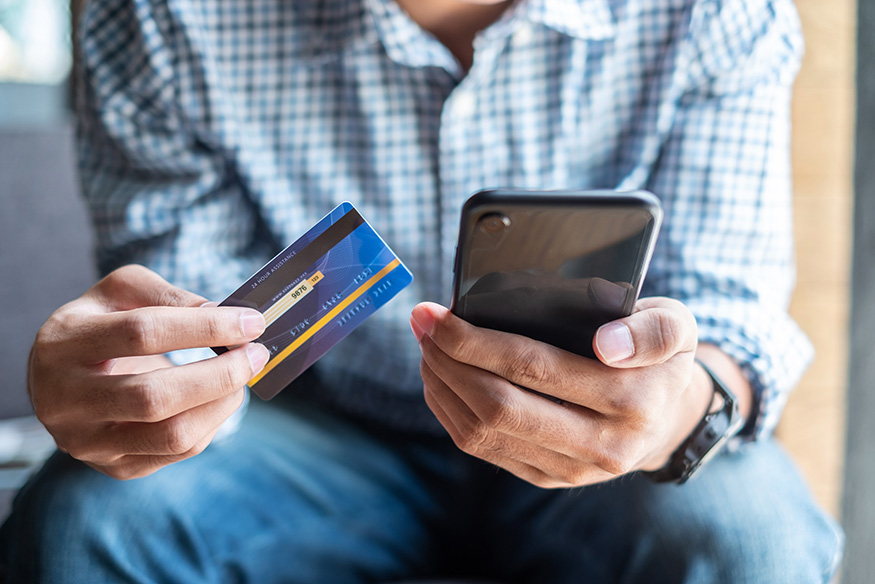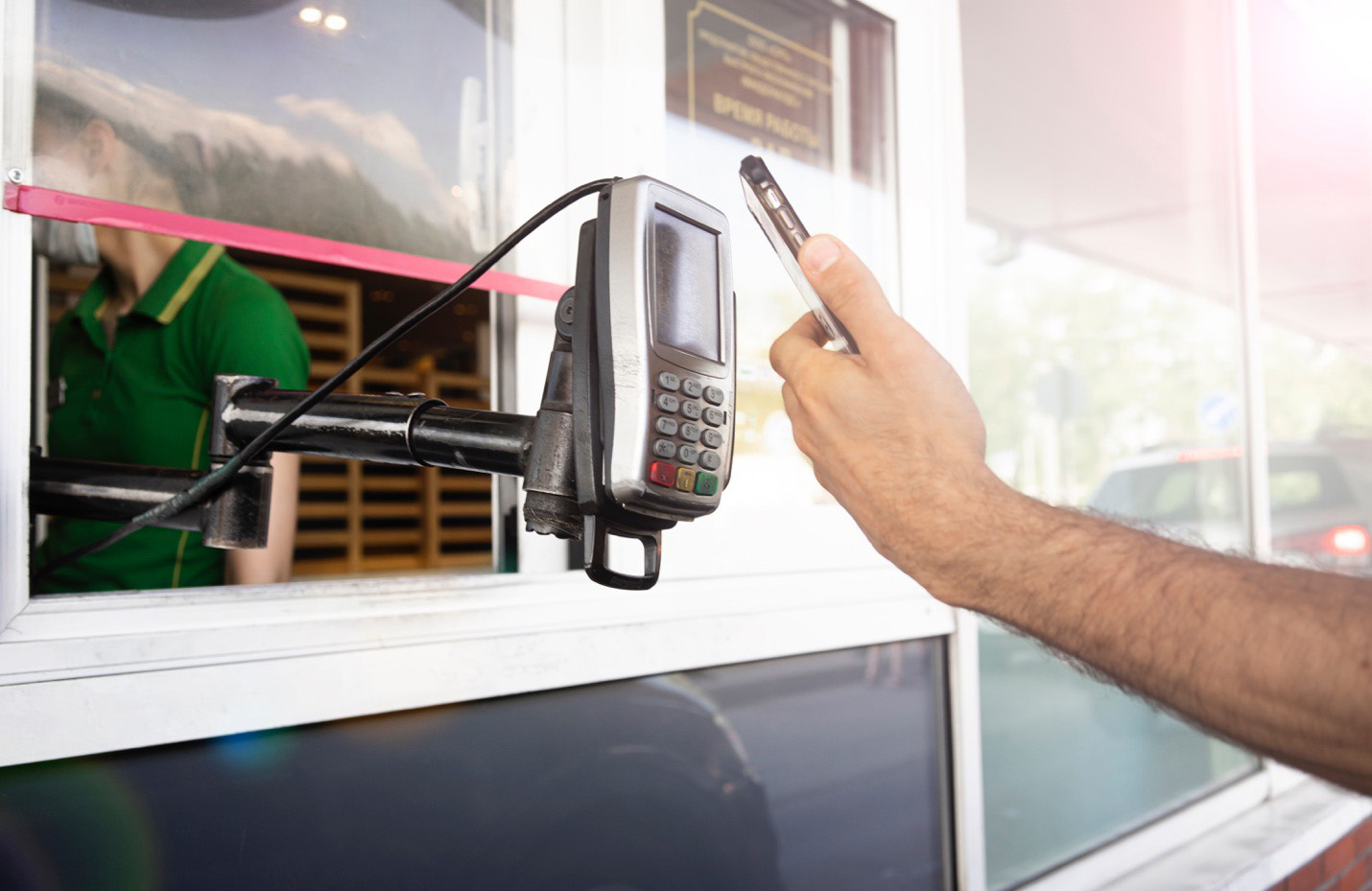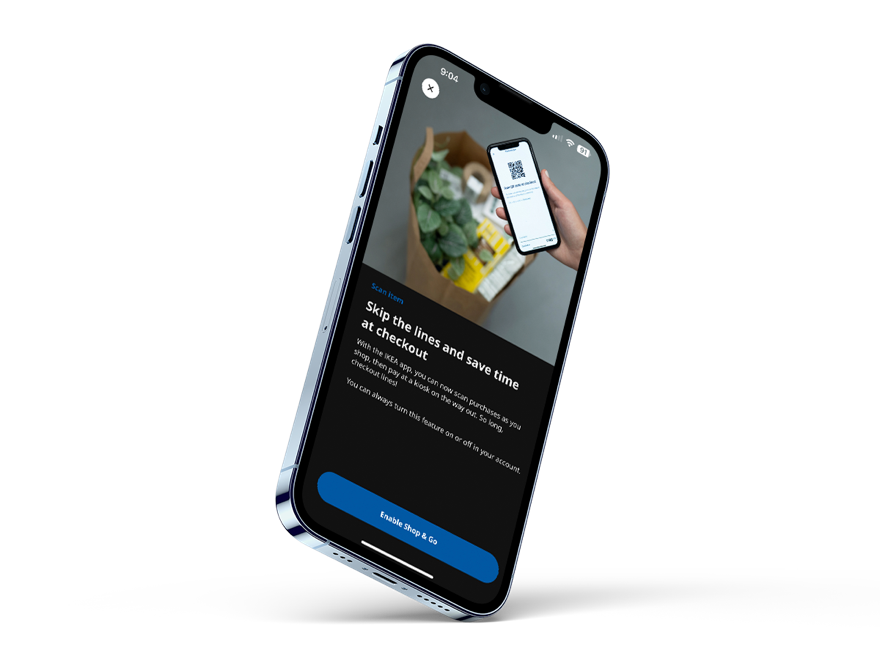Today, it seems like everyone in retail is fighting to kick-start an omnichannel retail strategy. After talking with many big brands worldwide, it became clear that omnichannel is, and will continue to be, a massive shift in the retail landscape. Many who were caught blindsided by this sudden shift felt they needed to take action right away, or risk missing out. From what I heard, omnichannel was more of a problem than a strategy, and as it turns out, this was precisely the case. But to understand why omnichannel is the talk of the town we must first go back in time and trace how 3 events uprooted the world of retail.
Omnichannel, the problem maker
Traditionally, retail was all in-person. You would go to a store with your friends, family, or even yourself and pick up something you wanted to buy, pay at the cashier, and leave. This shouldn't sound too foreign if you're reading this in 2023. But there was a world where that was the only way to purchase. Then came three big punches that turned the world of buying things upside down.
Punch 1, the Internet (Late 1990s - Early 2000s)
The internet brought on the rise of E-Commerce. In the heyday of the Dotcom era, the United States spearheaded a massive boom of online websites. Many investors, driven by the fear of missing out on the "next big thing," injected massive sums of cash into startups dedicated to creating an online storefront. Some iconic failures like Pets.com (which allowed people to buy pet supplies online), Webvan (grocery delivery service), and Kozmo.com (DVD and snacks 1-hour delivery) all imagined a world where customers could order things outside of the store.
While many people love to talk about the colossal failures of startups during the Dotcom Era, many familiar and notable startups would survive: Amazon, eBay, and Alibaba being three notable examples. Other big notable brands like Walmart partnered with Venture Capitalist to create a digital e-Commerce store called "Wal-Mart.com," which focused exclusively on selling Wal-Mart goods. The key takeaway was that the retail would permanently change and expand far beyond the four walls of what we could call a "store."
Punch 2, Mobile and Social Media (2010s - Late 2010s)

Just like last time, the world of retail saw another opportunity to expand beyond the storefront. The second major shift in retail came with the rise of smartphones and social media platforms. The proliferation of smartphones put the internet in people's pockets, allowing them to shop anytime and anywhere. Mobile apps for e-commerce websites provide a convenient, personalized shopping experience, and push notifications keep customers engaged and informed about sales, new products, and more. Additionally, the seamless integration of payment technologies like Apple Pay and Google Wallet, only further simplified the purchasing process for the modern consumer.
At the same time, social media platforms like Facebook, Instagram, and Pinterest became essential marketing and sales tools for retailers. Brands could engage with customers, promote their products, and even sell through social media platforms. Instagram Shopping, for example, allows businesses to tag products in their posts, which users can click to purchase.
Together, mobile technology and social media changed the retail landscape by making shopping an always-available activity, seamlessly integrated into everyday life. It blurred the lines between in-store and online shopping, pushing retailers towards omnichannel strategies where consistent customer experience across all platforms became a key part of customer engagement.
Punch 3, the COVID Pandemic

In Early 2020, the world turned upside down. The third significant punch came unexpectedly in the form of the COVID-19 pandemic. In response to lockdown measures, consumers turned to online shopping in unprecedented numbers. Brick-and-mortar stores had to quickly adapt to survive, with many enhancing their online presence and offering curbside pickup or home delivery options. While some of these changes were already in motion before the pandemic, COVID-19 significantly accelerated the shift toward online shopping. It forced even the most reluctant businesses and consumers to embrace digital platforms.
Moreover, the pandemic underscored the importance of omnichannel retailing. Retailers with robust online and mobile platforms could pivot faster than those relying heavily on in-store sales. As a result, many businesses are now focusing on enhancing their omnichannel capabilities, realizing that the future of retail is not solely in physical stores or online but in a seamless integration of the two.
Many of these COVID-induced behaviors are certainly here to stay. For example, due to the pandemic, Revenue Management Solutions said that restaurants had 75% of their sales come from Drive-Thru or Pickup during the height of the pandemic. However, when dine-in returned, these numbers stayed significantly elevated.
Modern Omnichannel means Proactive, not Reactive
As you can see, the history of omnichannel was always a battlefield. Massive technological or macro events have regularly blindsided the retail industry, forcing innovative leaders to react, and crushing those unwilling to change. When mobile apps appeared, only a few companies could get ahead of the game by quickly hiring developers. Unfortunately, brands that failed to take Steve Jobs seriously were in for a rude awakening. Unless they popped up in a quick search of the Apple App or Google Play stores, an entire generation would forget they ever existed.
It's become clear that relying on traditional retail strategies and static business models leaves companies vulnerable and less able to adapt to unexpected shifts in market dynamics. Retail leaders now accept that they may be unable to predict every future trend or development, but that does not mean they cannot prepare. Adopting a proactive stance means constantly staying on the pulse of modern technologies, consumer behaviors, and potential disruptions in the market. It's about creating an agile and flexible retail strategy that can be adjusted swiftly and effectively.
The key to this is building a robust and flexible digital infrastructure that can accommodate shifts in the market. This can range from adaptable e-commerce platforms integrating new payment methods or delivery partners to data analytics capabilities allowing real-time tracking and analysis of customer behaviors and market trends. For instance, if a retail company partners with a delivery service like DoorDash, they must ensure that their systems and processes can easily switch to a new partner like Uber Eats if required. Similarly, quick regulatory changes, macroeconomic shifts, supply-chain disruptions, innovative loyalty schemes, and even war should all be factors that a proactive retailer considers and prepares for.
Partnerships with tech companies and startups can help retailers stay ahead of the curve, as these partners often bring fresh, innovative ideas and solutions that can be integrated into the retailers' strategies. For example, partnering with a fintech startup could allow a retailer to quickly implement new payment options in response to changing consumer preferences. Furthermore, proactive retailers invest in understanding their customers deeply. They use data analytics to track shopping behaviors and trends, monitor social media for real-time customer feedback, and conduct regular market research to stay ahead of changing consumer needs and expectations.
In the era of omnichannel retail, the retailers that will thrive see change not as a challenge to be reacted to but as an opportunity to be seized. Being proactive in this ever-evolving retail landscape means always being ready to adapt, innovate, and exceed customer expectations, no matter what the future brings.
Flexible Technology to the Rescue
Technology has always played a crucial role in retail, evolving to support the changing needs of businesses and customers alike. But this time, retail must take a different lens as to why tech is more important than ever. Traditional POS systems from the 1990s, for all their merits at the time, are now often found to be plagued by technical debt, making them difficult and costly to update. Today's challenge for many retailers is adjusting these legacy systems to handle modern requirements, such as app-based ordering or payments, a demand that could not have been foreseen when these systems were initially developed but now consitutues a significant amount of customer orders, with this number only continuing to rise.
Point-of-Sale systems were designed for cashiers and wait staff. But now, customers can order from home and pick up in-store, bypassing manual entry at the store or restaurant. Retail needed ways to prepare foods and goods from orders made outside the store: enter Kitchen Display Systems and Store Fulfilment Systems. The advent of modern-day Kitchen Display Systems (KDS) and Fulfillment systems allows for real-time order tracking, better inventory management, and streamlined operations. When a customer orders from home, these systems can now instantly populate those orders in the restaurant for cooks to prepare, and even notify the customer that they should pick their meal up when it is ready. KDS and Fulfilment systems have flowered into big technology solutions designed with flexibility in mind as they areable to be updated and adjusted as needed to meet the demands of an ever-changing retail landscape.
Remember the days when only staff took orders? Thanks to mobile, retail is not only okay with the customers self-ordering but also needs to encourage it. The expansion into Self-Serve Kiosks and Drive-Thru order-taking further exemplifies the importance of technology and self-service in modern retail. These solutions provide convenience for the customer and operational efficiency for the retailer. Self-serve kiosks can reduce waiting times and free up staff for other tasks. At the same time, drive-thru order-taking has become essential for many food retailers, particularly during the COVID-19 pandemic. So not only can these systems be flexible, but they also offer incredible efficiency allowing retail to sell more for faster fulfillment and ultimately happier and more loyal customers.
Take some fantastic examples:
- IKEA recently expanded its omnichannel strategy to offer seamless experiences by allowing in-store customers to scan products using IKEA's iOS and Android app and add items to their cart. This way, customers can still commit to orders even if they decide to leave the store. In addition, customers can opt for a TaskRabbit (IKEA purchased the company in 2017) to complete furniture delivery and assembly once they have checked out. This dramatically reduces the friction of customers who are not interested or incapable of assembling furniture.

-
McDonald's has deployed self-service kiosks in some of its restaurants. These kiosks allow customers to order food and make payments without waiting in line. They've installed digital signage to display menus, promotions, and other information. This allows the company to update its marketing materials in real-time and to target specific customers with personalized messages.
-
Home Depot has added the ability for customers to "Click & Collect" from their website and mobile app. One of the greatest frustrations for Home Depot customers is hunting from store to store to find specialized goods. Now customers can commit their order to a store and confirm that items are available before getting in the car.
Despite these advances, retail should not rest on its laurels. As the pace of change continues to accelerate, so should investment in technology. Forward-thinking retailers must invest in flexible, scalable technologies that quickly adapt to new trends and requirements. They're embracing mobile solutions that can be updated remotely, artificial intelligence to personalize the shopping experience, and data analytics to inform strategic decision-making.
The key to future success in retail lies in technological leaders who believe in proactive flexibility. By investing in adaptable and scalable technology solutions, retailers can ensure they are not just reacting to changes in the retail landscape but actively shaping it. This proactive approach, enabled by flexible technology, will keep retailers one step ahead in the ever-evolving world of omnichannel retail.
Don't forget, part two of the omnichannel blog series is out now!
